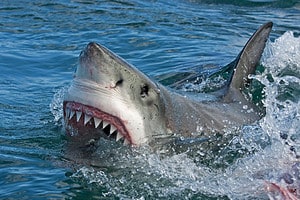Parasites may be small, but these little creatures tend to strike fear and disgust in the hearts of humans. Luckily for us, many parasites prefer to prey on cold-blooded animals. Unfortunately, they can cause real damage to marine life. These nine ocean parasites are some of the most alarming.
1. Marine Leeches
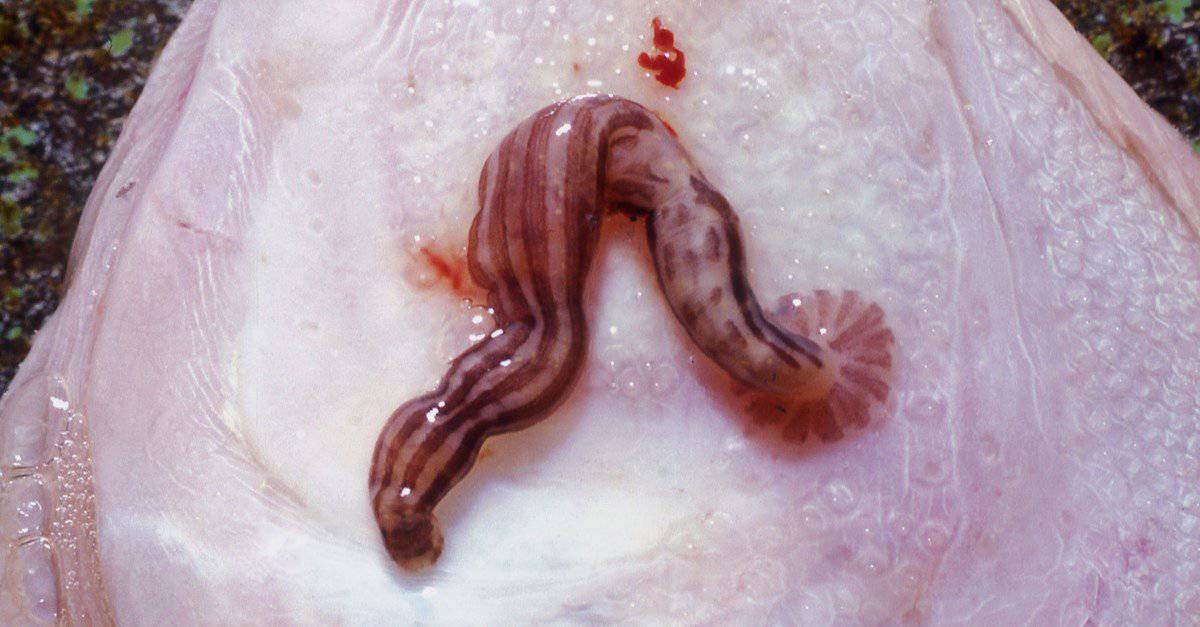
Marine leeches can cause anemia in fish or spread blood parasites and diseases.
©Ronald Shimek/Shutterstock.com
Leeches are perhaps the most well-known ocean parasites. Although these segmented worms primarily make their home in freshwater, some marine and terrestrial species exist.
Leeches have earned a bad reputation from their portrayal in films and TV shows. While they may attach themselves to humans, these little worms aren’t typically dangerous.
The discomfort they produce in humans is similar to that of insect bites, with symptoms such as itching. However, research shows that in rare cases humans could potentially contract diseases such as malaria or Hepatitis B from a leach bite, according to an article from the National Library of Medicine.
Still, marine leaches like Hemibdella soleae don’t make a habit of glomming onto humans. Their preferred hosts are flatfish such as the common sole. Hemibdella soleae are small leaches that only reach lengths of about 10 mm (0.4 in).
They have a cylindrical body that narrows toward their sucker. Newly hatched larvae have a yellowish or transparent color. Over time they become opaque with black speckles and eventually turn entirely black.
While leeches are not necessarily deadly, they can be harmful to fish. Leeches feed on blood and can cause fish to become anemic or spread blood parasites and diseases.
2. Sea Lice
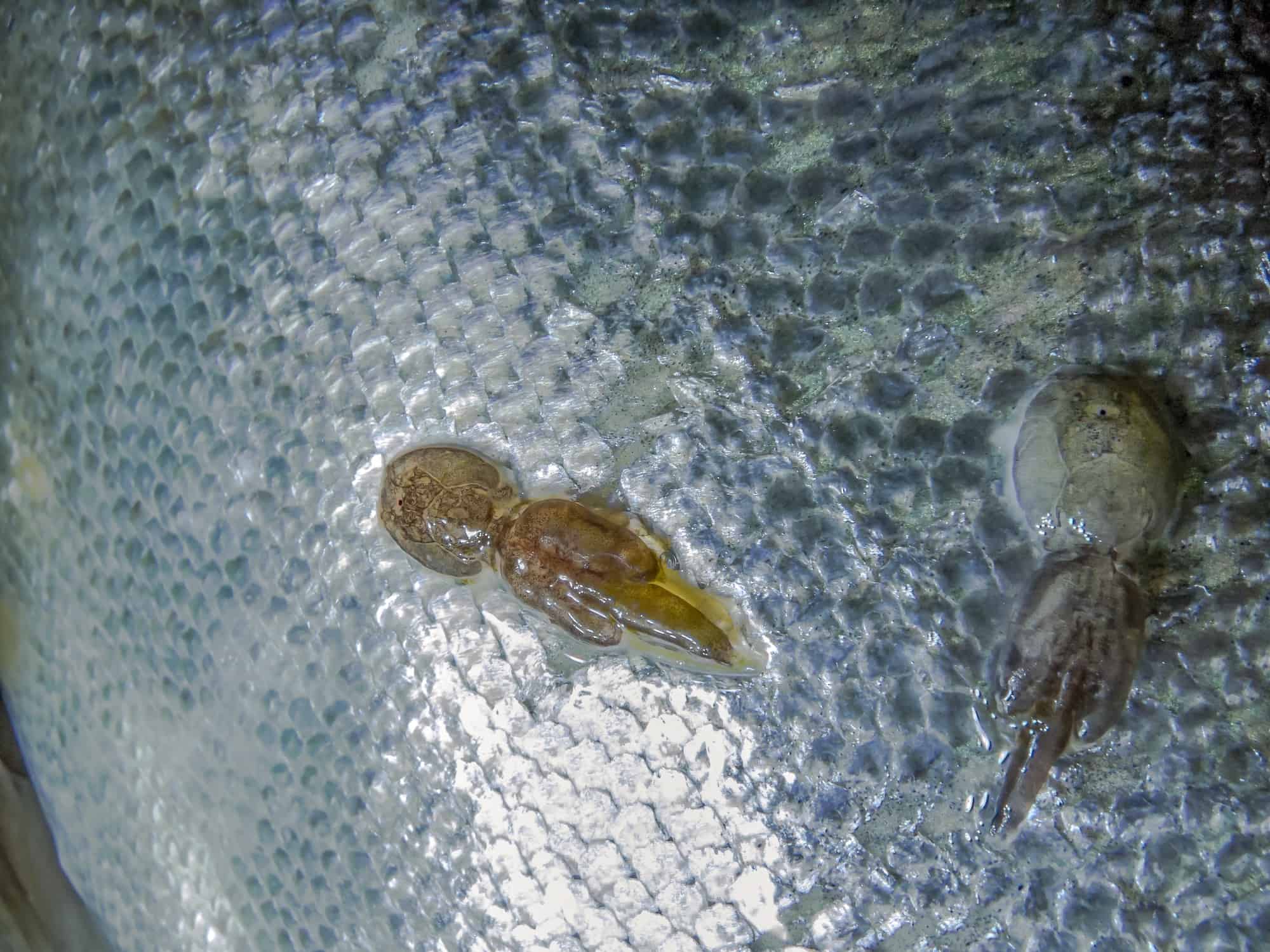
Sea lice attach themselves to salmon and may prove fatal for juvenile specimens.
©naturediver/iStock via Getty Images
Land-dwelling mammals aren’t the only creatures that have to deal with lice. Ocean dwellers such as seals, sea lions, walruses, and otters have varying degrees of hair or fur. While regular lice don’t do well in salt water, sea lice have evolved to live in salty habitats and even survive at ocean depths greater than 2,000 meters.
Sea lice also infest fish. These small crustaceans move through life in a series of molts. Once they reach adulthood, they may appear on fish as tiny tan-colored ovals. Sea lice are a common problem in the fishing industry.
According to the Alaska Department of Fish and Game, they move through a host’s body, “grazing” on mucus, blood, and skin. In some cases, sea lice can become lethal to their host.
Juvenile salmon are especially vulnerable to sea lice due to their small size and thin skin. Open lesions caused by sea lice can compromise the fish’s ability to maintain its saltwater balance.
3. Tapeworms
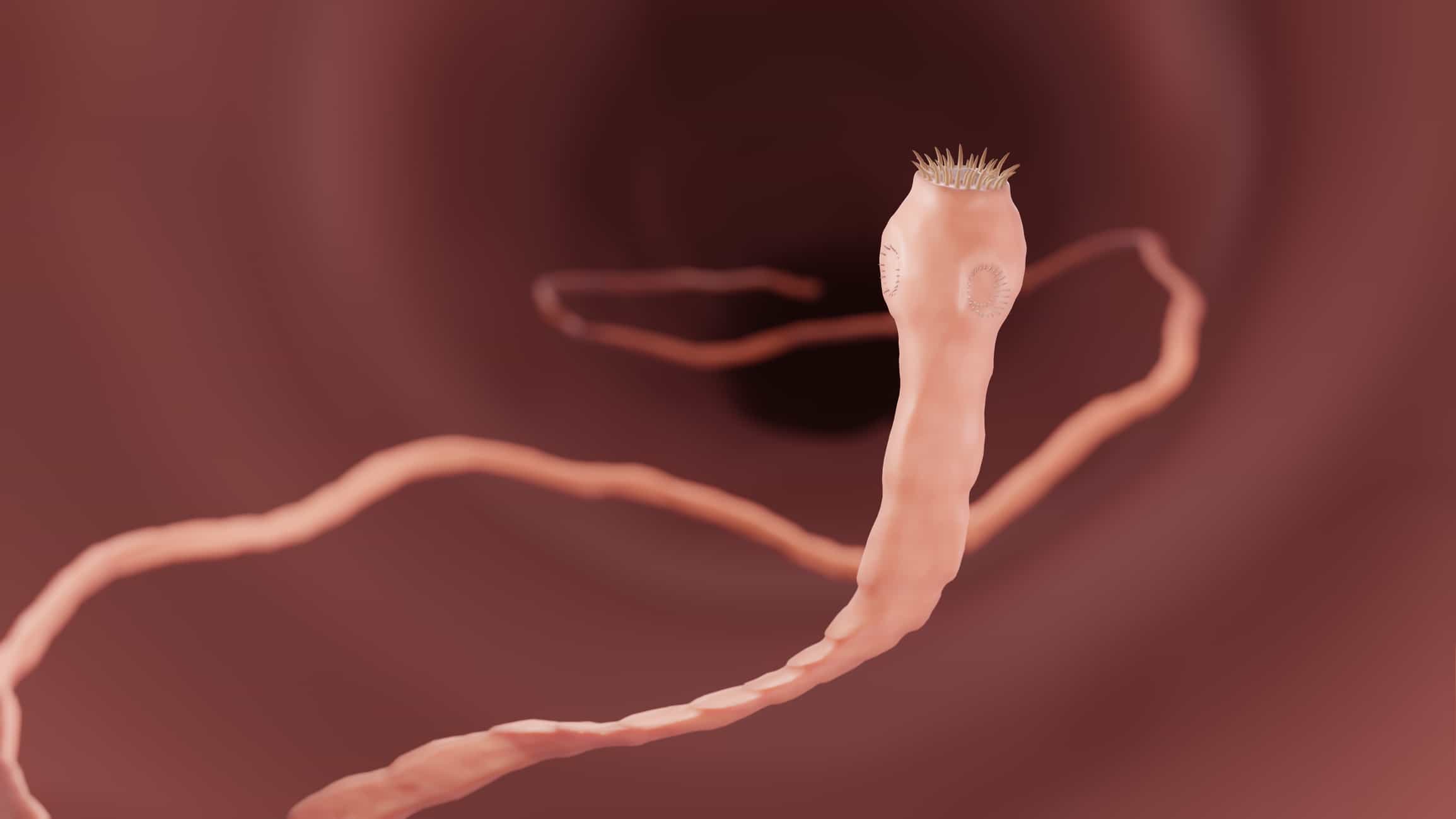
Tapeworms infest both marine animals and humans and are capable of growing alarmingly long.
©iStock.com/Artur Plawgo
Fish tapeworms, also called broad tapeworms, may appear as coiled white worms in the flesh or internal organs of fish. They range in size from an inch to more than a foot long. However, some species, like the tapeworm Tetragonoporus calyptocephalus, can reach lengths of 90 feet long.
According to the California Department of Fish and Wildlife, tapeworms absorb all their nutrients directly through their body wall. A tapeworm infestation may go unnoticed by marine life and humans, but it can cause problems such as anemia, vitamin B-12 deficiency, and intestinal blockages.
4. Flukes and Roundworms
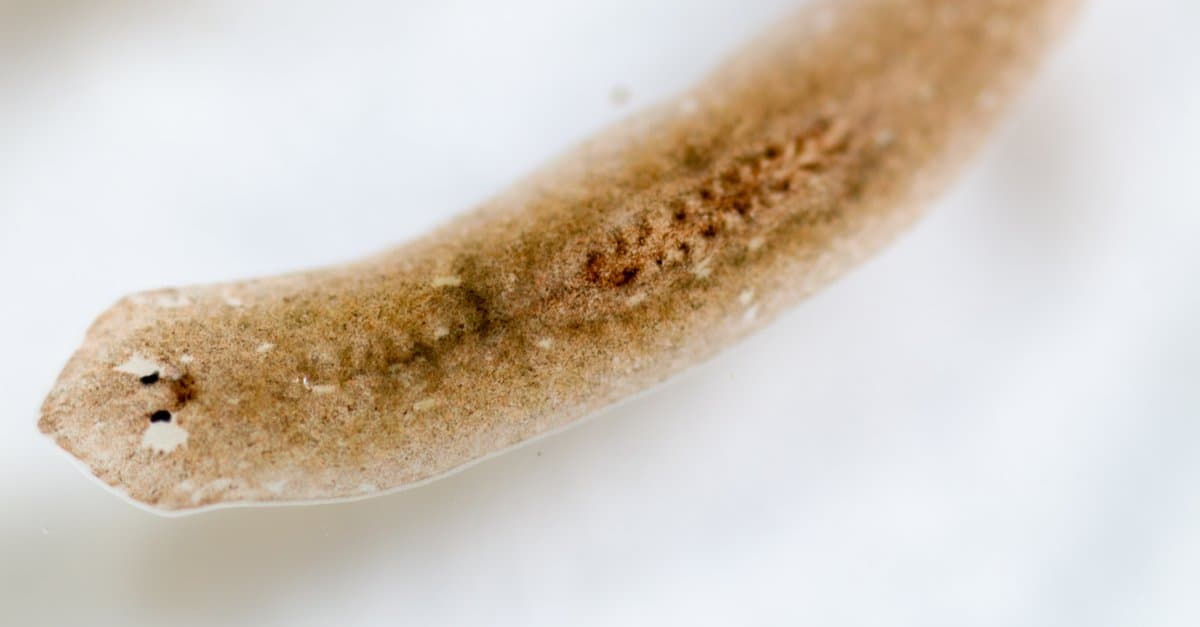
Flukes are a type of flatworm that may infest the gills of fish and cause damage to the gill filaments.
©Rattiya Thongdumhyu/Shutterstock.com
Flukes and roundworms infest many types of marine animals. These parasites are common in fish, attaching themselves to the skin, fins, gills, flesh, and internal structures. Flukes are typically very small (maximum 4 inches in length) and may go unnoticed by anglers.
Some species of roundworms, however, can grow quite large. For example, the Placentanema gigantisma lives in the uterus and on the placenta of sperm whales and can grow to be 24 feet long.
Monogenetic flukes are flatworms that attach to hosts using small clamps or hooks. They are flat but may be round or elongated. These types of parasites can damage gill filaments in fish when present in large numbers.
5. Sea Lamprey
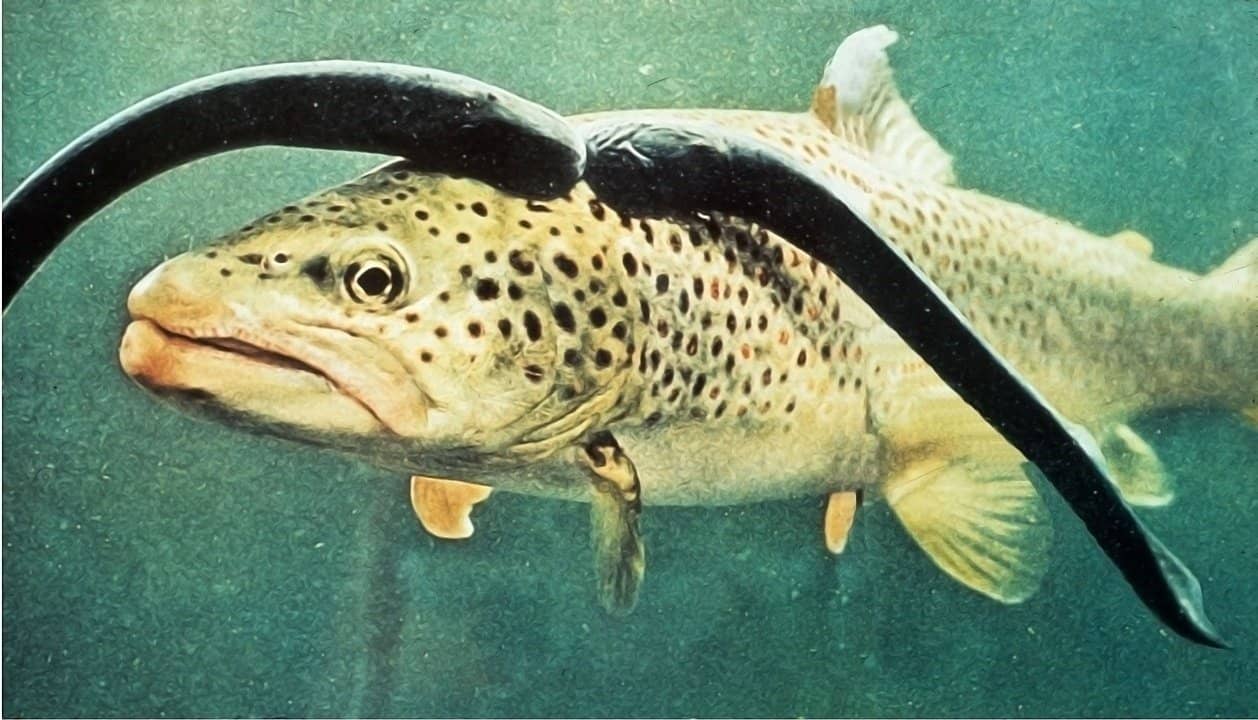
These creepy-looking sea lamprey attach to fish and scrape off the creature’s flesh.
©Sweeting, Roger [Photographer] (2016) Sea lamprey parasitising brown trout. Freshwater Biological Association, UK / Creative Commons - License
Sea lampreys are perhaps the creepiest-looking parasites on this list, but thankfully they aren’t a threat to humans. These parasitic fish are native to the Atlantic Ocean and prefer to prey on cold-blooded creatures such as salmon, mackerel, and even sharks.
Sea lamprey are eel-like creatures that grow 12 to 20 inches long. They are typically mottled brown or black with a lighter-colored belly. According to Smithsonian Ocean, the sea lamprey’s most distinguished feature is its disc-shaped suction cup mouth.
Lampreys use this to latch onto fish and scrape through flesh with their sharp tongues. Some species of lamprey are also bloodsuckers. It’s common for these creatures to eventually kill their host fish.
6. Sacculina
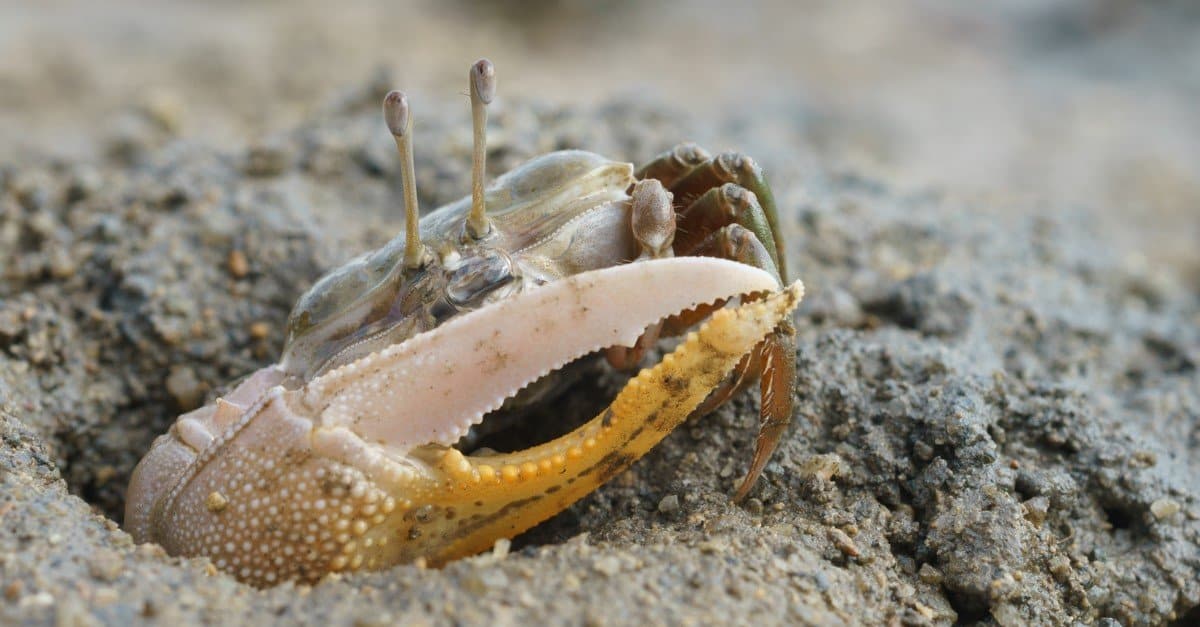
The parasite
Sacculinainfests marine crabs and effectively castrates them.
©abcwildlife/Shutterstock.com
Sacculina is a genus of barnacle with terrifying abilities. These creatures are parasitic castrators of marine crabs. According to an article from the National Library of Medicine, female larvae attach and develop in the gonads of host crabs, destroying the organ and effectively castrating the creature.
Sacculina feeds on the crab’s nutrients, so infected creatures must devote much of their time to feeding. The parasite also develops a rootlike system which eventually grows outside the crab’s body on the lower right abdomen.
Since this is where crabs typically carry their eggs, the parasite can trick the crab into carrying for it like it would its own young. This phenomenon even occurs in male crabs.
7. Ommatokoita elongata
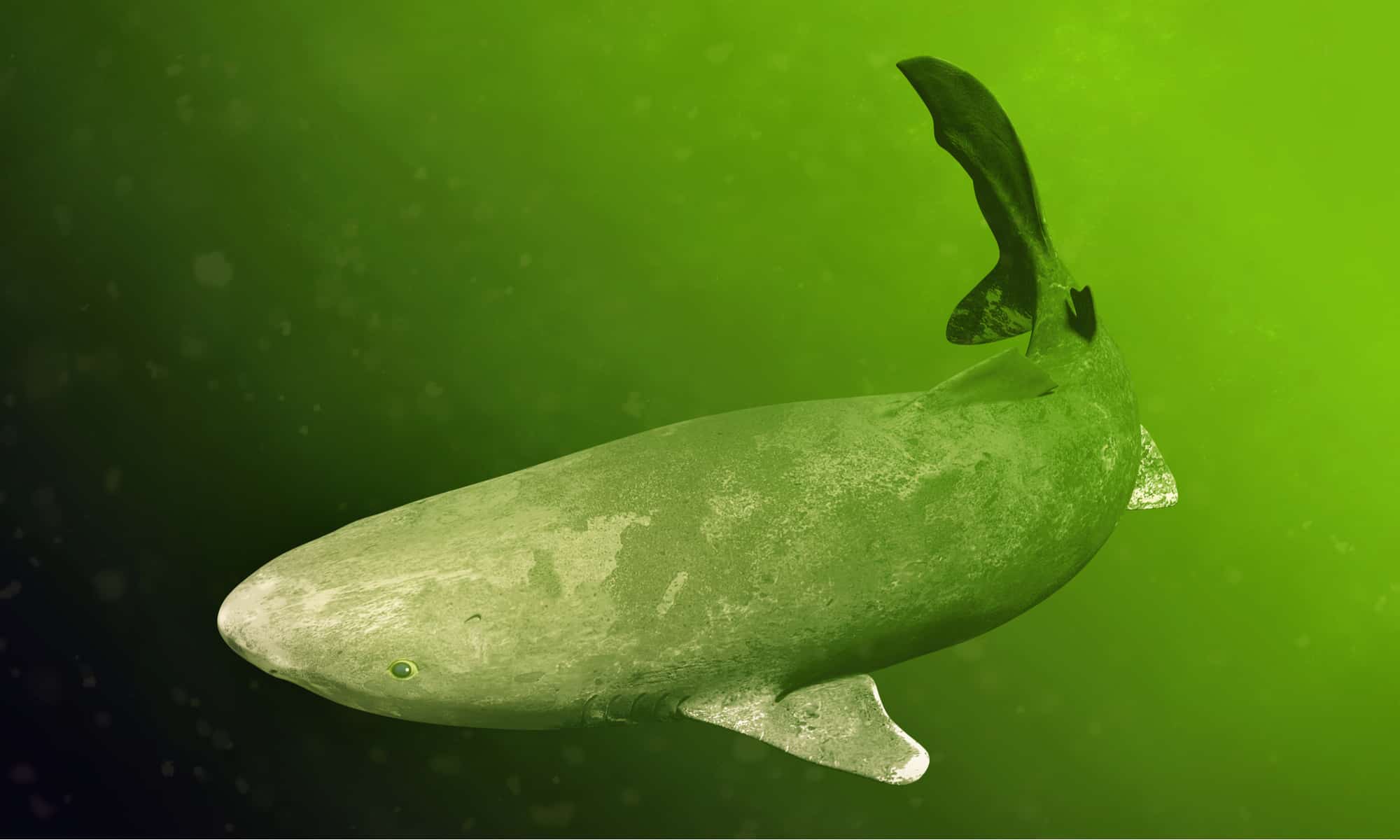
only infests certain creatures, such as the
Greenland shark
.
©Dotted Yeti/Shutterstock.com
The Ommatokoita elongota is a nightmarish parasite, but fortunately for humans, it only infests Greenland sharks and Pacific sleeper sharks, according to the Parasite of the Day Blog. This parasitic copepod reaches lengths of approximately 5 cm (almost 2 inches).
They are pinkish-white and attach themselves to the shark’s eye with an anchoring structure known as the bulba. Although the idea of a parasite in one’s eye horrifies humans, it doesn’t seem to be especially bothersome for sharks.
Ommatokoita elongota can cause blindness for the host, but most sharks appear unaffected by the parasite, even if they have the copepod in both eyes.
8. Protozoa
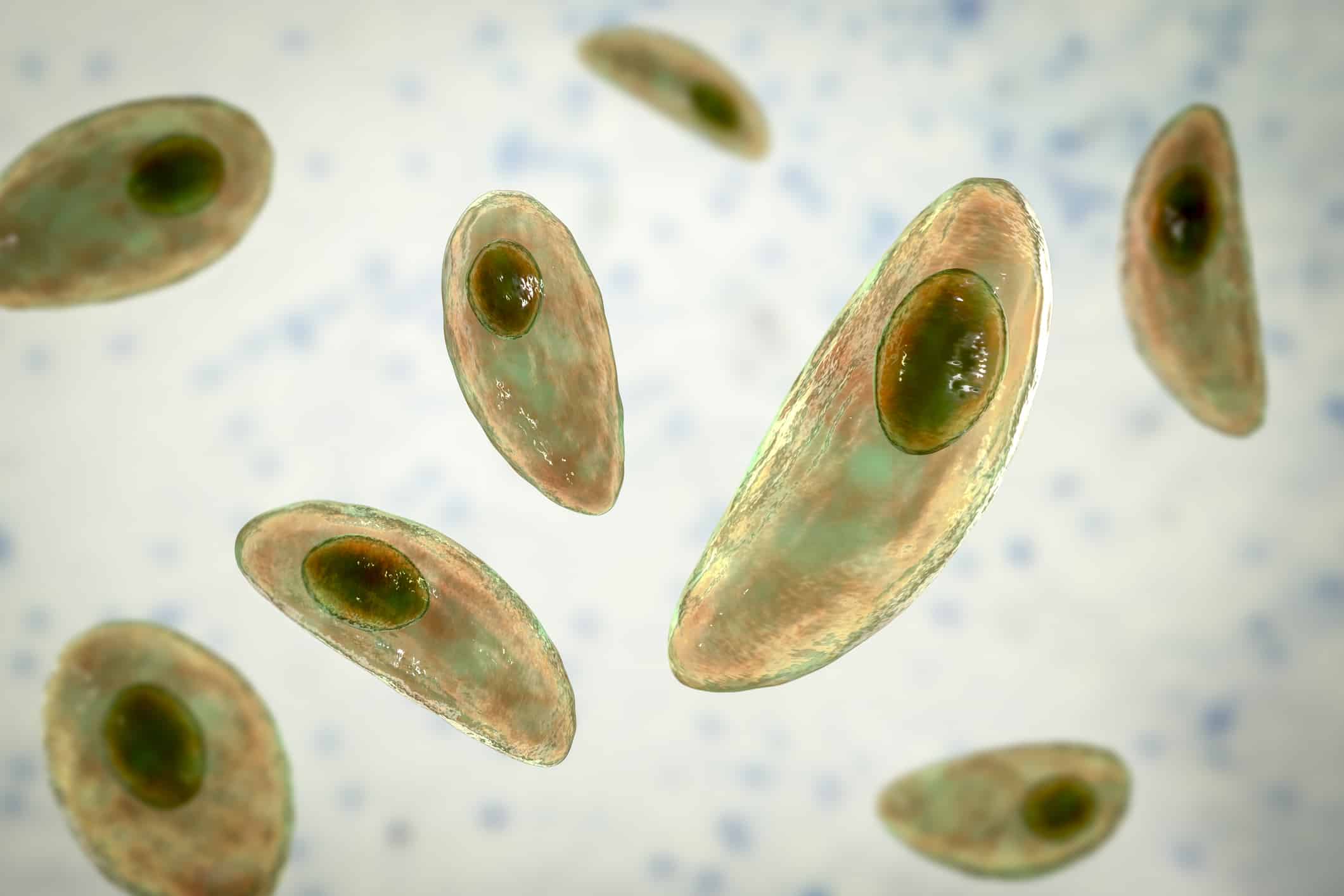
Even single-celled organisms like protozoa may have a parasitic relationship with fish.
©Dr_Microbe/iStock via Getty Images
Protozoa are the smallest ocean parasites on this list. These single-celled eukaryotes feed on organic matter, including marine life. In the ocean, they are commonly found on rockfish, herring, flatfish, and salmon.
Protozoa may appear as small spots or infest large areas of fish. They are not dangerous to humans but can cause respiratory distress when they heavily infest a fish’s gills.
9. Tongue-Eating Isopods
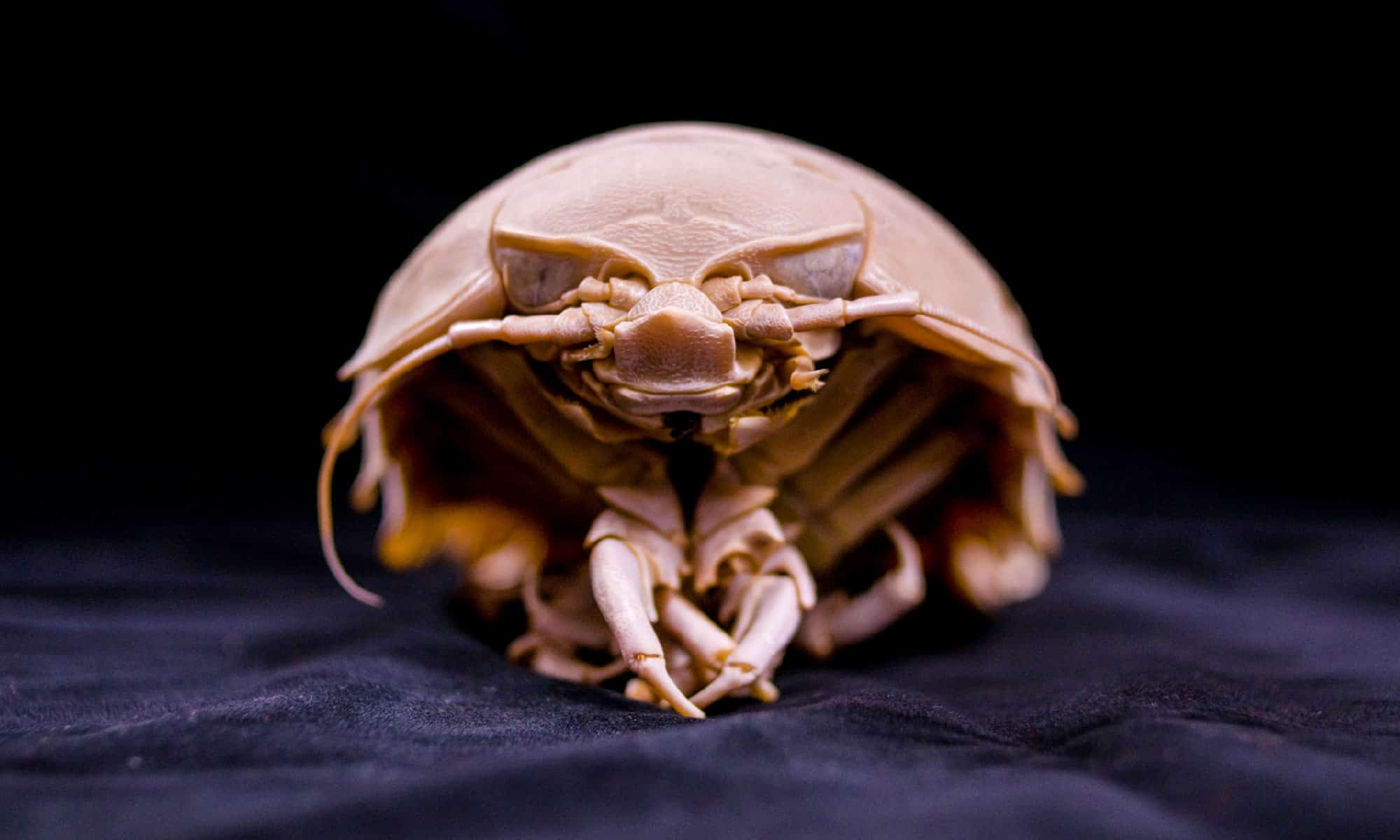
Tongue-eating lice are a species of isopod that completely replace one of the fish’s organs.
©iStock.com/LindaZ
Tongue-eating isopods (or tongue-eating lice) are a final alarming ocean parasite on this list. As their name suggests cymothoid isopods invade the mouth of the host fish. They sever their victim’s tongue and latch onto the remaining nub with hooked appendages.
The isopods then live in the space vacated by the missing tongue. As horrifying as this might seem, the host fish is seemingly capable of resuming normal activity while the parasite feeds on its blood.
Only female tongue-eating lice attack fish in this way. The isopods are 8–29 mm (0.3–1.1 in) long and 4–14 mm (0.16–0.55 in) wide. These tiny crustaceans are typically shades of green or gray in color.
Summary of 9 Parasites That Live in the Ocean
| Parasite | Damage |
|---|---|
| Marine Leaches | Can cause anemia, spread blood parasites or diseases |
| Sea Lice | Potentially lethal to fish |
| Tapeworms | May go unnoticed or cause problems such as anemia, vitamin B-12 deficiency, and intestinal blockages. |
| Flukes and Roundworms | Damages gill filaments |
| Sea Lamprey | Flesheaters that may eventually kill their host fish |
| Sacculina | Parasitic castrators of marine crabs |
| Ommatokoita elongata | Attaches to the eye and may blind the host |
| Protozoa | Respiratory distress |
| Tongue-Eating Isopods | Severs the fish’s tongue and replaces the organ |
The photo featured at the top of this post is © Gena Melendrez/Shutterstock.com
Thank you for reading! Have some feedback for us? Contact the AZ Animals editorial team.




